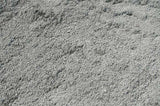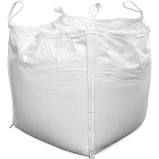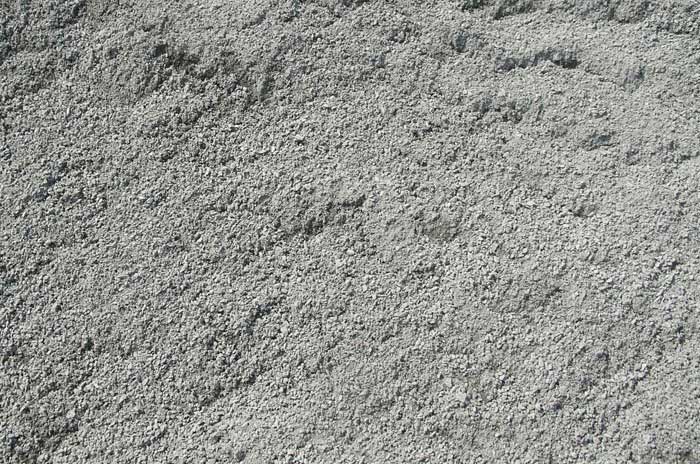What Are the Properties of Stone Dust?
All materials have properties that make them suitable for different purposes. Stone dust has many properties that make it a useful byproduct to use for many hardscaping jobs. Understanding the properties of stone dust can help you to decide which jobs it is most suitable. Some of these include:
- Flat and smooth- You can lay stone dust very flat and smooth to create an even and level surface for paving. This means you will not have uneven surfaces in your garden.
- Low cost- In comparison to other options, such as sand, stone dust is usually a cheaper option. For many people, this gives it an advantage over other options as they can save money on their hardscaping project.
- Weed prevention- Using stone dust as filler between paving stones can solve the issue of weeds growing between your paving stones. The properties of this material prevent this from happening, so you will keep your paved area looking neat and tidy for longer.
- Non-porous-This is a non-porous material, and this gives stone dust an advantage for use between paving stones. It will stop water from heavy rain seeping below the paving stones into the base materials. Therefore, it can reduce the risk of shifting and damage to the paving stones.
- Variety- The exact properties of stone dust varies from one type to the next. You can choose from various grades, stone types, and colors.
Types of Stone Dust
There are different types of stone dust available. This is because stone dust is the byproduct of crushing stones. Therefore, the type of stone dust will depend on the type of stone that was being crushed to create the byproduct. Each of these different types of stone dust has different properties and they may come in different colors. Two of the most common types of stone dust are granite and limestone.
There are also differences in the types of stone dust available in terms of how fine or coarse they are. This means that some stone dusts are superior due to their texture. According to Home Guides, the best type of stone dust to use for paving is crusher run, which is also known as processed gravel. It is superior to regular stone dust because it is coarse rather than powdery, it drains better, and it compacts well to form a stable base that is less likely to shift.
Where Can You Buy Stone Dust?
There are many places where you can buy stone dust and in various quantities. If you live near a quarry or stone yard, you are in luck, says The Spruce. This is one of the cheapest places to buy it as you are getting it direct from the source. However, this is not the only option. You can also buy stone dust from excavation companies, DIY stores, and other home stores, such as Lowes or Home Depot. Furthermore, there are many companies that sell stone dust online that can deliver to your home.
For What Purposes is Stone Dust Used?
Once, stone dust was considered waste material as it was simply the byproduct of crushing other stones. However, it was realized that this byproduct had the potential to be used in several useful ways. The most common use for stone dust is as a base layer or setting bed for laying stone pavers. Homeowners who undertake projects such as laying a patio, flagging a driveway, or creating a garden path may use stone dust as one of the materials for the project. The main reasons why it is used for this purpose are that it is something that you can lay flat and smooth and that it can support the significant weight of the pavers. You can also use stone dust between pavers as filler material to fill the gaps and create an even surface. Similarly, you can use rock dust to fill potholes in concreted areas around your home.





